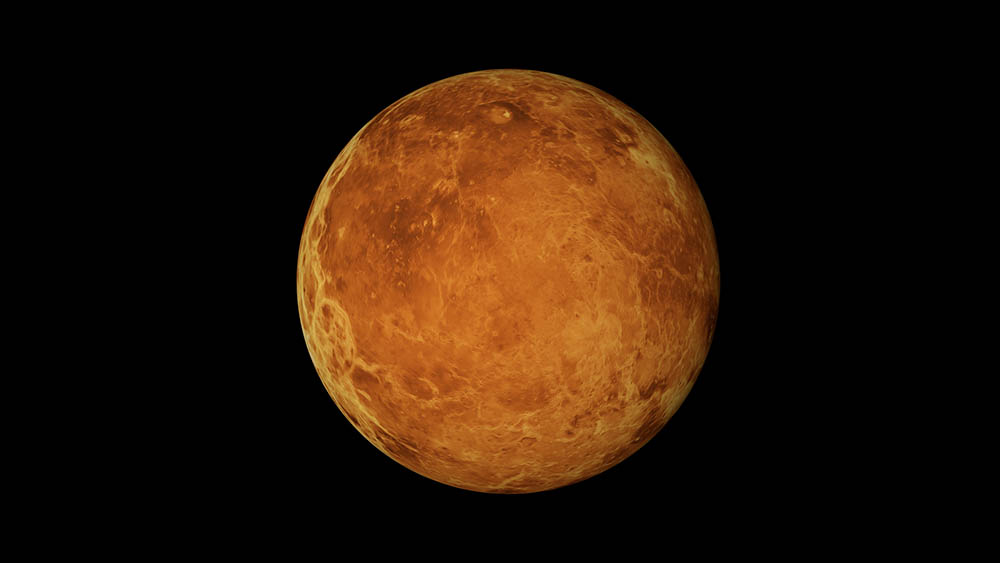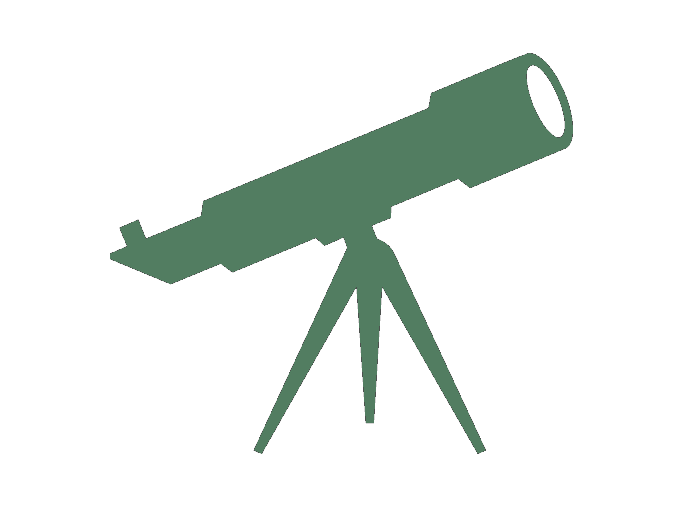How Big is Venus? The Surprising Answer!
Last Updated on

If you look up into the evening twilight or pre-dawn sky, you might notice a bright, bold star. If that star doesn’t flicker, it’s probably not a star at all, but might be the planet Venus. Venus is nicknamed the bright morning star—and evening star—and usually isn’t too difficult to spot if you look at the right time during its trip around the sun.
Venus is also called our Sister Planet because it’s very similarly sized. However, don’t get your hopes up in case you’re wondering if Venus would make a good evacuation destination from Earth. Though it’s very similar in size and mass, Venus has a very different atmosphere and geography that would make life impossible. Continue reading to learn more about Venus and its size.

How the Size of Venus Compares to Earth

Take a look at this chart to see how the size of Venus compares to Earth’s size.
| Venus | Earth | |
| Radius (km) | 6051.8 | 6563 |
| Mass (1024 kg) | 4.8673 | 5.972 |
How Venus Is Similar To and Different Than Earth
If you were able to visit Venus—which you can’t because the atmosphere contains way too much carbon dioxide—you’d find quite the sight. Brilliant and beautiful when viewed from earth, Venus would be an awesome but terrifying place up close. Hurricane force winds blow hydrogen gas across the planet, sulfuric rain falls, and volcanoes erupt all along its plains which cover roughly 80% of its land. There’s only a trace amount of water on the planet now, but scientists believe at one point Venus might have had about as much H20 as earth.
Though the environment is very different, Venus and Earth are similar in several ways. Venus is smaller than Earth by only a few miles in diameter. Its mass is 80% of Earth’s mass. Venus orbits closer to Earth than any other planet, which accounts for its high visibility. When Venus is visible, it’s the third brightest object in the sky only after our sun and moon.
Time passes differently on Venus. One day on the planet takes 243 calendar days on Earth, but a year there lasts only 224 days. The sun also rises in the west and sets in the east because its rotation is opposite of ours.
How to Spot Venus In the Night Sky
Venus’s visibility alternates between evening and dawn hours during its travels near Earth. We see it the most during its times of greatest elongation—when Venus is the farthest away from the sun. The reason we can’t often see it in between is due to the angle and the fact that the sun’s glare blocks it from our view.

When Venus’s orbit takes it east of the sun, we see it for a couple of hours around evening twilight. After a few months, Venus reaches its glorious height as the evening star during what’s known as its eastern greatest elongation. After appearing in the early night sky for a few months, it takes a quick visibility break when it goes into an inferior solar conjunction, which is when it passes between Earth and the sun. During this time the sun’s glare is so harsh that it blocks our view of Venus.
Over a period of a couple months, it will move through the night and eventually re-appear during the pre-dawn hours until it reaches full prominence in its western greatest elongation. From there it gently fades away until it disappears as it makes its slow trek behind the sun—a journey that will take about almost a year to complete. Venus will then prominently re-emerge in the evening sky at the beginning of another cycle. The entire visibility cycle from evening to morning and then back to evening takes about 1.6 years.

Final Thoughts
Venus is the third brightest object in the sky only under the sun and moon. Although its visibility depends on where it is in its orbit, you can see it for most of the months out of its 1.6 year cycle. Its size and mass similarities, as well as its proximity to Earth, has led to it being nicknamed our sister planet. However, its atmosphere and terrain differ so acutely from Earth’s that makes it completely unsuited to life.
Featured Image Credit: Whitelion61, Shutterstock
About the Author Brooke Bundy
Brooke Bundy is a freelance writer who lives with three cats and a dog. She attended the University of North Georgia where she acquired a B.S. in Media Studies. Booke loves storytelling and spending time with her pets at their house in New Orleans, Louisiana. In her free time, she enjoys gardening, cooking, and brewing coffee.
Related Articles:
Can You Use Binoculars to Look At Stars? How to Choose the Right Pair
15 Crucial Facts About Ultraviolet Rays & the Sun
What Constellation Is Spica In? The Interesting Answer!
10 Interesting Leo Constellation Facts, Myths, and FAQs
15 Interesting Pegasus Constellation Facts, Myths, and FAQs
6 Interesting Sagittarius Constellation Facts, Myths, and FAQs in 2024!
What Are Constellations? Where Did They Come From?
8 Interesting Libra Constellation Facts, Myths, and FAQs
